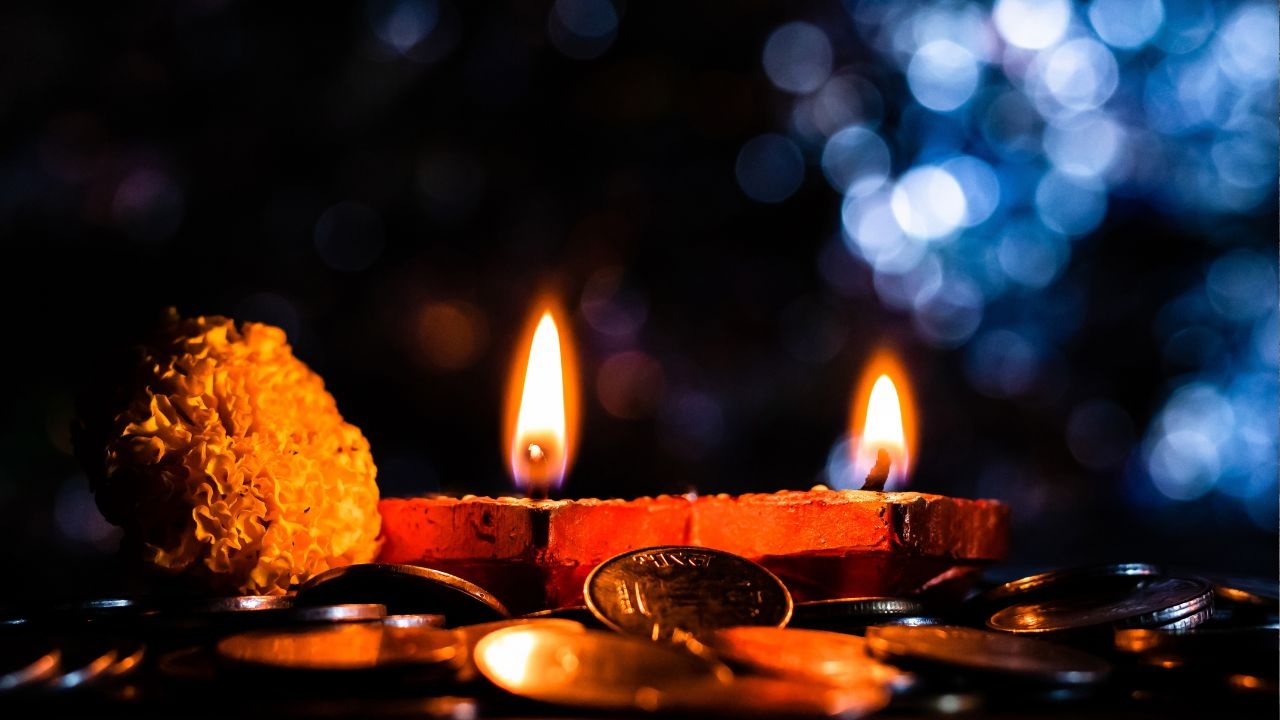
A Nutritionist’s Warm Guide to When to Enjoy Flaxs
Nutritionist Deepsikha Jain recommends 1–2 tablespoons of flaxseeds—morning, before meals or as a sn

Govardhan Pooja, often referred to as Govardhan Puja or Annakut, is a cherished Hindu festival that takes place the day after Diwali. This festival commemorates Lord Krishna's miraculous act of lifting the Govardhan Hill to shield the inhabitants of Vrindavan from severe rains. It serves as a symbol of humility, gratitude, and respect for nature, underscoring the belief that devotion to God transcends pride and arrogance.
The Miracle of Krishna and Govardhan Hill
According to Hindu lore, the citizens of Vrindavan organized a grand ritual to appease Lord Indra, the rain deity. Young Lord Krishna challenged this practice, suggesting instead reverence for the Govardhan Hill, which provided sustenance for their crops and livestock. His wisdom swayed the villagers, who redirected their prayers towards the hill.
This enraged Indra, who unleashed torrential rains as punishment. To protect his followers, Krishna effortlessly lifted Govardhan Hill on his little finger, safeguarding them for seven days. Recognizing his error, Indra eventually acknowledged Krishna's divinity. This monumental event is honored as Govardhan Pooja, highlighting the strength of faith and the significance of nature.
Govardhan Pooja is celebrated on Kartik Shukla Pratipada, the first lunar day of the bright fortnight in the Kartik month, immediately after Diwali. While Diwali symbolizes the triumph of light and abundance through the worship of Goddess Lakshmi, Govardhan Pooja emphasizes a spirit of gratitude and humility towards nature and Lord Krishna.
The sequence of these celebrations conveys a profound message: it embodies a spiritual equilibrium between material richness (Lakshmi Puja) and divine protection (Govardhan Pooja). Many consider this day a moment to express gratitude to nature and seek protection from adversities.
Annakut: The Grand Offering
The highlight of this festival is the Annakut, translating to “mountain of food.” Devotees prepare a plethora of vegetarian dishes and sweets—often up to 56 items, known as Chappan Bhog—to present to Lord Krishna as an expression of gratitude. In temples, these offerings are meticulously arranged to mimic the form of Govardhan Hill, adorned with flowers and lamps.
Families construct a miniature hill using cow dung or clay at home, decorating it with flowers, leaves, and figurines representing cows and people. This centerpiece becomes the focal point of the Govardhan Puja, where food offerings and prayers are made.
Conducting the Puja
The puja initiates with cleaning and beautifying the home or temple area. Devotees light diyas, chant Krishna mantras, and perform aarti (a light offering ritual). The offerings typically consist of cooked meals, sweets, fruits, and water. After rituals, the food is shared as prasad with family, friends, and those in need, symbolizing a spirit of sharing and community.
Cow Worship (Govatsa Puja)
In many regions, cows are revered during this festival, given their importance in Krishna's narrative and Indian culture. Devotees cleanse and adorn cows with flowers, apply tilak (a ceremonial mark) on their foreheads, and offer special feed. Worshipping cows on this day is believed to invite prosperity and blessings into their lives.
Govardhan Pooja is observed with fervor, particularly in Mathura, Vrindavan, and Nathdwara, where Lord Krishna is deeply revered. Temples host elaborate Annakut Mahotsavs, showcasing hundreds of food offerings. Devotees engage in singing bhajans (devotional songs), perform dance dramas depicting Krishna's life, and partake in communal feasts.
In Gujarat, Govardhan Pooja coincides with Bali Pratipada or the Gujarati New Year, marking it as a time of new beginnings and prosperity. In North India, fairs and processions often accompany the celebrations, with local communities crafting symbolic representations of the Govardhan Hill.
Here's a straightforward guide to performing Govardhan Puja at home:
Clean and adorn your puja area with flowers, rangoli, and diyas.
Craft a small Govardhan hill using cow dung or clay, decorating it with leaves, flowers, and toy figures.
Prepare a few homemade dishes or sweets as an offering for Annakut. Even a modest variety made with devotion is sacred.
Offer water, flowers, incense, and food to Lord Krishna or the symbolic Govardhan.
Chant Krishna mantras or read the Govardhan story from sacred scriptures.
Carry out aarti with your family and share prasad with all present.
If possible, feed cows or donate food to the needy; this is considered highly auspicious.
Govardhan Pooja is much more than just worship—it embodies gratitude and environmental consciousness. The act of venerating a hill serves as a reminder to cherish and safeguard nature, which sustains life. It also imparts the lesson of humility: even deities like Indra bow to the power of devotion and righteousness.
In contemporary times, this festival carries immense significance. It motivates respect for natural resources, sustainable living, and balance between material prosperity and spiritual health. Community feasts and sharing food emphasize unity, compassion, and equality among all.
Faith over fear: The villagers of Vrindavan chose Krishna's guidance over fearing Indra's wrath.
Humility's strength: Even the powerful Indra yielded his pride to Krishna's divine love and protection.
Nature’s respect: Govardhan Hill symbolizes the Earth, prompting us to safeguard and honor our environment.
Sharing and gratitude: The Annakut offering and prasad sharing signify the joy of giving and appreciation.
Govardhan Pooja elegantly merges spiritual devotion and environmental dedication. While Diwali fills our lives with light and abundance, Govardhan Puja reminds us to remain humble and appreciative of nature's gifts. By honoring the Earth and aiding others, we align with Krishna's enduring message—that true wealth resides in faith, empathy, and harmony with nature.
This article is intended for educational and informational purposes only. The cultural and religious insights shared here reflect traditional beliefs and practices that may differ across regions and communities. Readers are encouraged to follow local customs and consult knowledgeable elders or refer to authentic scriptures for specific rituals or observances.